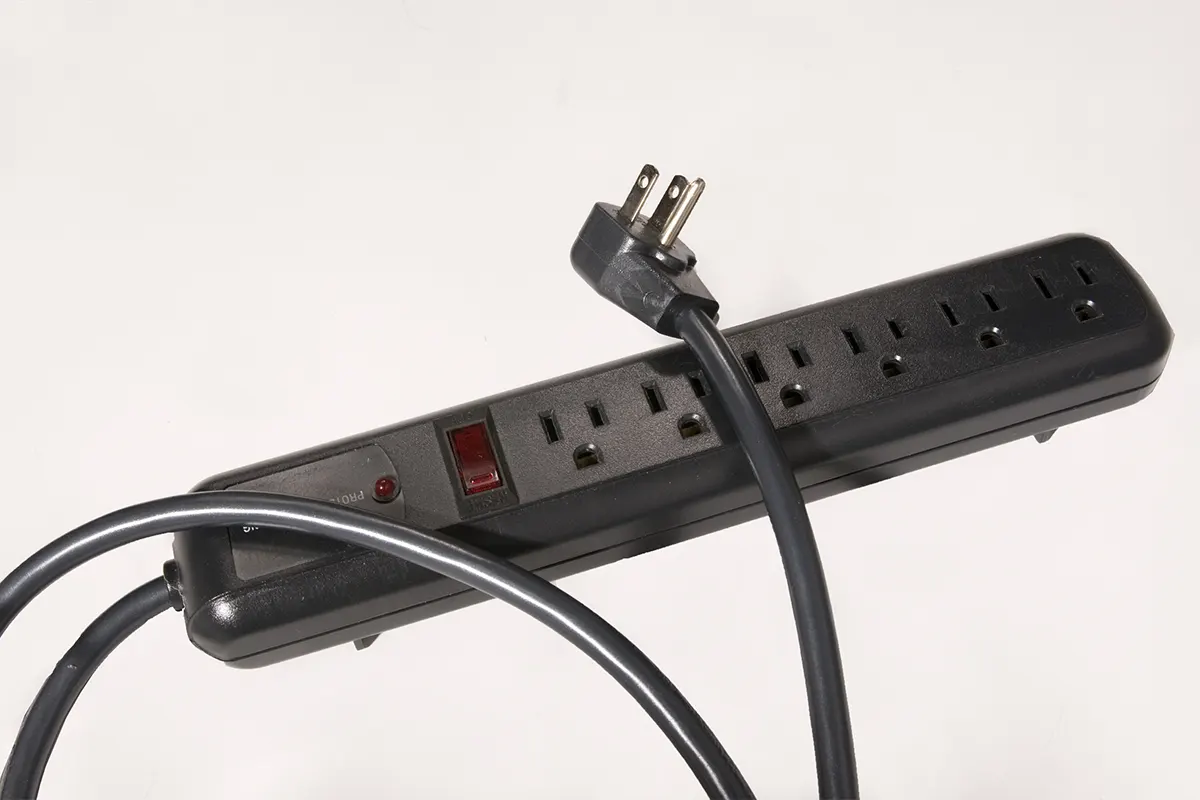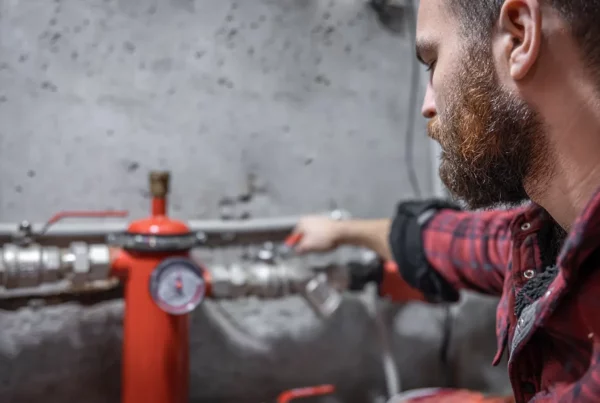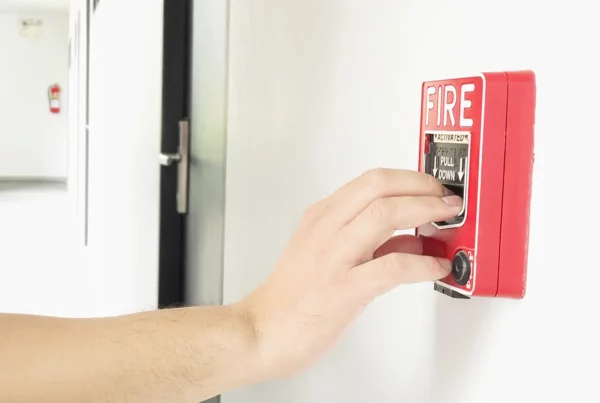
Surge protection is employed to protect electronic appliances from the damaging effects of electrical flows. It diverts the power (usually electricity) to the ground before the voltage of any excess electricity is delivered to your devices. It usually consists of two plugs, a live plug and an earth plug. They are in several styles and sizes to suit varied needs.
If your TV, computer, printer, or other electronics are plugged into a protector, chances are you have the basics covered. We’ll take a closer look at the best protectors to help keep your important electronics safe in just a few minutes.
You can’t understate the value of keeping electronic devices away from power flow. You could easily see thousands of dollars in losses if you lose your expensive gadgets or suffer damages to them because of over-voltage levels. On the positive side, you can save money and effort by knowing what to look for in a good protector.
The Difference Between Power Strips and Surge Protectors
When a consumer is looking to protect electronics, they commonly look at two main products: power strips and surge protectors. Some of the general differences between the two products are:
A power strip has many outlets and a switch to control and turn everything off. A protector uses a circuit breaker switch to cut power if flows are detected.
A power strip has no filtering and is usually just a thin piece of metal between the plug head and the outlet. A surge protector offers surge protection and filtering to prevent noise and unwanted interference.
A power strip may not work with sensitive electronics because the voltage level that is being delivered is too high. A protector can regulate voltage and will not allow anything more than what is needed to flow through.
Why People Use Surge Protection
1. Also known as surge arresters, they are used to solve the problem of voltage flows. It will protect the user from over-voltage that can damage or destroy electronics.
2. These devices help to preserve expensive and delicate electronics from power flows. They also help filter noise that can disrupt signals in other ways than damaging them. People who have invested in a TV or computer monitor use these devices.
3. They can prevent damaged equipment plugged into them by switching off the power supply to everything when an over-voltage is detected. A typical protector has a circuit breaker switch that will cut power when flows are detected. Most individuals who purchase these devices are interested in protecting their televisions and computers.
4. Some people recognize that they can use them to save money on their electric bills and the electric company.
The Types (individual outlet versus whole house/office) of Surge Protection
Surge protectors can be bought as individual outlets or as a whole-house or office system. Some people may need to protect just a few items, while others may be looking to protect a massive amount of electronics in an office or home setting.
Individual Outlets – Most people will purchase individual protectors for their commonly used electronics which they must protect from damage. Individual surge protectors are usually small and come in various styles to meet various needs.
Whole-House/Office Surge Protectors – Some people may have more important items to protect than others. It will offer the best surge protection and can be installed by an electrician to cover a whole home’s/office worth of equipment. It can be bulky and require an outside power source, but this small inconvenience is worth giving electronics the best defense against flows.
How Surge Protection Work
They can be extremely effective in preventing damage to sensitive electronics. When plugged in, electricity is delivered to all of the devices connected to them. It has metal oxide varistors, or MOVs, that sense any voltage flows and diverts them in another direction away from the equipment plugged into it.
Other than MOVs, protectors work in several ways, so you know what you’re getting.
Transient Voltage Suppressors (TVS) – Transient voltage suppressors are also used to protect electronics from over-voltage. They are built into a surge protector to provide power protection without being damaged by excessively high or low voltages.
Filtering/Battery Backup – Some protectors have filters in them to prevent any unwanted noise from interfering with the ability of electronics to work properly. Some also have battery backup, which means that if a circuit breaker detects an extreme flow, it will automatically switch everything over to the battery, so the power doesn’t get shut off.
Features to Look for When Buying Surge Protection
Now that you know what it does, it’s time to learn about some features you should look for when making your purchase.
1. Voltage Surge Protection – Voltage flow protection is very important regardless of the type of protector you choose. All the other features don’t matter without this feature because your equipment can still be damaged by over-voltage.
2. Number of Outlets – Surge protectors come with varying numbers of outlets. Some may come with four or more outlets, while others may have just one. Consider how many items you want to protect and then buy based on that number; if you have several large items to plug in, look for a protector with more outlets.
3. Audio/Video Protection – Some electronics are more valuable than others and will need a protector that offers extra protection from over-voltage. Look for audio/video protection if you have anything that produces a sound or video signals. It will safeguard against flows that can disrupt the signals and cause damage.
4. Energy Efficiency Rating (EER) – An energy efficiency rating will provide information on a surge protector’s energy efficiency. The higher the EER number, the more efficient it converts power flows into harmless currents.
5. VFI or VPR Ratings – These ratings measure how well a protector does at clamping voltage. Look for devices with higher numbers for better surge protection against over-voltages.
Where to Find Surge Protection
You can find protectors in most computer stores and electronic retail outlets. You can also find them online and in big box retailers.
With so many protectors, you may wonder which one is the best. There are so many features to look for that it can get confusing and difficult to decide.
Durability – Durability is an important factor when buying any product. You want something that will last for a long time, so don’t settle for a cheap product that won’t work as well and could break quickly.
Price – Price is another important factor that shouldn’t be overlooked. Some protectors may be a bit more expensive but still, provide much more value than products without flow protection.
Features/ Ease of Use – Features and ease of use are still very important when buying a protector. You want something simple enough to install and use with little trouble.
Pros of Surge Protection
It is important to protect your expensive electronics from damage. There are numerous benefits to using surge protectors and here are just a few of them.
1. They Safeguard Valuable Electronics
They are designed to safeguard electronic equipment from damage caused by voltage flows. They can save you money in the long run because they can easily protect more expensive equipment.
2. They Offset Any Electrical Cost of Protection
Some protectors have an option for a connecting block. It will help your electrical insurance to pay for some of the cost.
3. They Are Affordable
They are much more affordable than other types of protection. You can find them for a very reasonable price, which is why they are so popular. Also, many are portable, making it easy to plug in multiple computers or devices.
4. They Guarantee Your Safety
Some have circuits that toggle the power back on in an emergency so you don’t get electrocuted. An energy efficiency rating will provide information on a surge protector’s energy efficiency. The higher the EER number, the more efficient it converts power flows into harmless currents.
5. They Provide Better Protection than Power Strips
Power strips don’t provide much protection and will still let an over-voltage through, even if plugged into an outlet with a surge protector. That makes protectors much better than power strips in terms of overall protection.
6. They Reduce the Cost of Maintenance
If you use surge protectors in your home, they will help to reduce the cost of annual electrical maintenance. You won’t have to replace outlets or get them fixed frequently, and you won’t be forced to install expensive or unneeded power strips that do nothing but waste electricity.
Cons of Surge Protection
There are several reasons not to have flow surge protection in your home. Here are just a few of them.
1. Overheating
They can overheat if they are used too much. That is why it is important to follow the manufacturer’s directions when using surge protectors. The product may overheat and catch fire, so read the entire instruction manual before plugging.
2. They Can Cause Damage to Your Devices
They absorb excess energy, but they also cause this excess energy to be displaced by the current flowing through them. It may cause damage to some of your electronics.
Conclusion
Surge protectors around your home are a smart way to protect your electronics from over-voltage. There are many benefits to having protectors and only a few downsides. If you want to keep all devices in your home safe, consider getting a surge protector.









